Over the last few years, I have developed a curiosity about Peranakan culture which I grew up with. So naturally, I started writing about it. My first article on the Peranakan origin story was published on Espoletta. It garnered a lot of buzz among the Peranakan community — after all, our culture doesn’t really get much publicity in the first place. That is how I met Shawn Seah, an author and speaker from the Lion City. Shawn left a comment on my article and I decided to send him an email to find out more about his projects relating to Peranakan culture. One conversation led to another and so here we are. I am extremely honoured to be telling his story today.
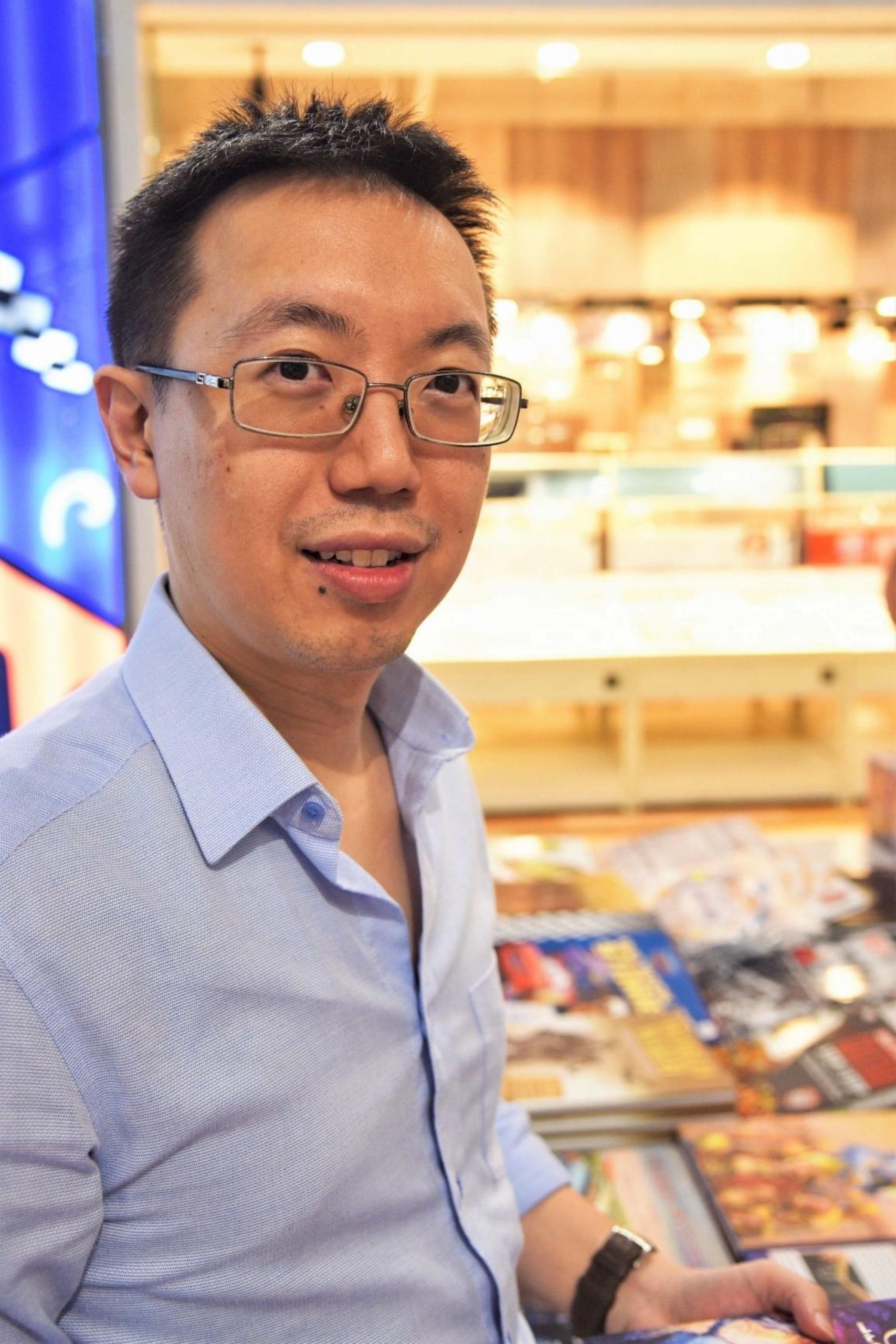
Shawn is a man with many academic qualifications. He holds a Master’s degree in Economic History from the London School of Economics and Political Science, and a Bachelor’s degree in Economics, with a minor in History, from the National University of Singapore, on top of a Postgraduate Diploma in Education (Junior College) from the National Institute of Education. Despite his many accolades, Shawn is most passionate about Singapore’s rich history and heritage. His long lineage and rich family history led him to write and publish two books on prominent family members, namely “Seah Eu Chin: His Life & Times” and “Leader and Legislator: Seah Liang Seah”.
While still in school, Shawn developed a fascination towards Singapore streets named after his family members, such as Seah Street, Eu Chin Street, Liang Seah Street, and Peck Seah Street. His father would occasionally tell him stories about these prominent pioneers that they descended from. Fast forward to September 2011, the Land Transport Authority (LTA) announced a plan to construct a new road parallel to Lornie Road, cutting through part of Bukit Brown Cemetery. Like most Singaporeans, Shawn didn’t know Bukit Brown even existed but this announcement changed everything.
Fearing the loss of Bukit Brown’s rich history to future generations, some Singaporeans came together to protest this development. In November 2012, two tombstone hunters, brothers Charles and Raymond Goh, found Seah Eu Chin’s tomb at Grave Hill, near Bukit Brown. His tomb was thought to be lost but this discovery changed everything. Even though the tomb was not affected by the LTA’s plans, another descendant of Seah Eu Chin with a similar name, Sean Seah, was reportedly motivated enough to approach the National Heritage Board in 2014 with plans to save their ancestor’s tomb from the risk of redevelopment. As Shawn followed this whole saga, it spurred him to start writing about his family’s history.
If Shawn had not written Seah Eu Chin’s story, his life’s achievements and contributions to Singapore could be lost, possibly forever. This step led him to more opportunities, motivating him to carry on despite having to sacrifice most of his free time at night after work. In his continuous quest of preserving the history and heritage of Singapore, Shawn works very closely with prominent organisations to bring about awareness and provide education, which he explains extensively about in this interview. It’s been such a pleasure to be able to learn about his contributions and I hope that you’ll be encouraged by his story as much as I have been!

You wrote two books so far. Could you share more about them?
“Seah Eu Chin: His Life & Times“, first published in 2017, is Singapore’s first book on the “King of Gambier and Pepper”, who played a significant part in Singapore’s early history when it was under British colonial rule. While the book focuses on Seah (1805-1883) and his illustrious family, it also deals with the cultural, social, and economic history of the times he lived in.
On the other hand, “Leader & Legislator: Seah Liang Seah” (2019) is Singapore’s first book on Seah Liang Seah (1850-1925), Teochew pioneer Seah Eu Chin’s most illustrious son. Rising to prominence as a successful businessman, community leader, and the first Singapore-born Chinese to become a member of the Legislative Council of the Straits Settlements, he lived a life of public service, profits, and parties. This book also tells the story of other influential Straits Chinese pioneers like Sir Song Ong Siang, Tan Jiak Kim, and Dr Lim Boon Keng.
What made you so interested in Peranakan culture? What’s your involvement with the Peranakan Museum in Singapore?
The many diverse and complex viewpoints surrounding Peranakan culture attracted me to this topic. As a result, at the London School of Economics, my chosen area of research was private order institutions in early colonial Singapore (1819-1867), where I researched the Peranakan middleman traders and the Chinese secret societies, and essentially how they resolved the conundrum of trade under conditions of uncertainty.
I will always be grateful to the kind people at the Peranakan Museum in Singapore, especially Mr John Teo who was the then-General Manager. In 2017 and 2019, I launched my books there, at the Ixora Room. At the time, Seah Eu Chin and Seah Liang Seah were featured in the Peranakan Museum. While Seah Liang Seah was one of the founding members of the Straits Chinese British Association (SCBA), that later came to be known as the Peranakan Association of Singapore, what is more surprising is that China-born Seah Eu Chin was in the exhibition as well. I suppose it is a matter of interpretation and perspective, which makes history so interesting and diverse. I am also an ordinary member of the Peranakan Association of Singapore. And I was delighted to be a small part of their inaugural Baba-Nonya Literary Festival in 2019. It was a great and resounding success, especially since on my panel, we had Vivienne Tan, who wrote an amazing book on Peranakan Tan Kim Seng.
Share some of your more notable projects/works.
In early 2020, the National Heritage Board kindly invited me and the Singapore Seah Clan Association to participate in the Singapore Heritage Festival 2020. We were in the process of making detailed plans and preparations when the spread of the COVID-19 pandemic resulted in the implementation of a “circuit breaker” in Singapore. Because of this whole situation, which made large-scale gatherings impossible, the Singapore Heritage Festival 2020 went digital. Overnight, I had to convert comprehensive plans for a book talk, with supporting cultural and food activities to mark the 70th anniversary of the Singapore Seah Clan Association, into a photo-essay meant for digital consumption.
It was called “Grandfather Stories”. In this project, I shared anecdotes about my great-great-granduncle Seah Liang Seah and his beautiful Bendemeer house because I believe it is important to know these “grandfather stories”. Through Seah Liang Seah’s “grandfather story” and the stories of others, such as his sons Seah Eng Keong and Seah Eng Tong, we can better understand who we are and where we come from. The article was fairly well-received and even received some attention in Indonesia.
Second, we commemorated the Singapore Bicentennial last year (200 years since Raffles arrived in Singapore), and I am happy to say that I had a small part to play in it. Other than making me an official partner of this national commemoration, the SG Bicentennial Office kindly allowed me to give a talk at the Blackbox at Fort Canning Centre on Seah Eu Chin’s and Seah Liang Seah’s contributions to Singapore. This truly was a once-in-a-lifetime event, because Fort Canning Centre was right at the heart of the Bicentennial Experience.
So, on Sunday 23 June 2019, my volunteers and I climbed up Fort Canning early in the morning armed with books, food, collaterals, and laptops. We set up and got ready for the talk as best as we could. The event went well, and we all celebrated later on with a late lunch of Japanese ramen at Liang Court nearby. I think this was one of the most memorable days spent with my family and friends.
What are some of the struggles you faced during the course of your career?
In my writing career, I faced many struggles at the beginning. First, people thought I was crazy to be wasting my time and money. Nobody reads local history. There’s no interest. In the earliest days, I sacrificed time and money, for little result. Honestly, there were several times where I was so close to giving up, but I just didn’t. I kept at it. Second, I wrote my three books while working a full-time job, which was challenging. This means that I spent holidays and weekends on these book projects. I essentially overcame this by writing just a few sentences every night, or by reading just one or two articles every night. Third, support from the various key stakeholders was also very hard to come by in the early stages. The National Museum of Singapore wasn’t interested in my first book, though, to the National Heritage Board’s credit, they tried to interest them. At my very first book launch, my publisher didn’t even turn up. Only BooksActually and Select Books supported me as a new author and bought some copies from me at the start.
But I am deeply thankful for kind people like Dr John Kwok, who was then at the National Heritage Board, and Dr Mustafa Izzuddin, who was then at the Institute for Southeast Asian Studies, for their advice, encouragement, and guidance, and more importantly their belief in me. With their support, the National Heritage Board’s support, and the Peranakan Museum’s support, I managed to get started and keep going.
Sometimes when I look back, I am still quite amazed at how far I have come. But of course, I am not perfect, and my writing and speaking still have a long way to go before I can be where I need to be.
What is the best part about being a writer and advocate on Singapore’s heritage and history?
I’m glad that I can pursue my passion for writing about Singapore’s history and sharing it through talks and lectures. In the process of doing both writing and speaking, I also have the opportunity to meet many diverse, dynamic, and determined people, who are helping to keep heritage alive or to interest people in Singapore’s history. While doing all of this, I have been fortunate enough to visit and speak at exciting venues, like the Nanyang Sacred Union, a Confucian temple; Bukit Brown Cemetery; and bookstores like Grassroots Book Room.
Congratulations, you’re launching a new book! Tell us more about it.
Thank you very much! “My Father’s Kampung” shares my personal story of how I came to better appreciate my father Simon’s lived experiences growing up in Aukang and Punggol, from the 1950s to 1970s, as well as the life stories and perspectives of several others who lived there.
As research, I interviewed and spoke to the renowned local playwright and poet Robert Yeo, Genealogy Society Singapore President Ng Yew Kang, author Cyprian Lim, and other interviewees, who lived there. Accompanying these interviews are photographs, such as those from Australian photography hobbyist Edmund Michael Arozoo who lived in Aukang for several decades and contributed photographs taken by his late father. There are also illustrations which I commissioned, skilfully produced by my friend and local artist, Jeyasoorya.
I also covered Aukang and Punggol’s longer history. One of the key themes was that, over many years, Aukang was heavily influenced by Catholic Teochews. Catholicism’s strong presence was reflected in the Montfort family of heritage schools, connected with the Church of the Nativity of the Blessed Virgin Mary. Catholicism and Teochew cultural practices were also blended. For example, the Church conducted masses in Teochew, and the Teochew practice of giving wedding dowries sometimes exhibited Catholic influences, such as giving a rosary as one of the “four golden pieces”.
Being able to speak Teochew served as a source of pride and proof that one was a true blue Aukang-nang. Other communities like the Hokkiens, Peranakans, Malays, Indians, and Eurasians who lived there adapted to localised Teochew culture, living harmoniously together.
How do we get the younger generation curious about the rich history of Singaporean culture and heritage?
We have to keep history and heritage interesting and refreshed to get younger people interested. I remember attending an Institute of Policy Studies lecture once, and the lecturer said that to interest people in Singapore’s history, historical novels, graphic novels, and fiction would be useful as a first step. Slowly, younger people can graduate to more challenging or academic material. And later on, some of them can eventually become advocates and writers, like what I am doing now. For the rest, as long as they appreciate history and heritage, I think it is good enough.
So for me, what I’m trying to do is basically to make history simple, accessible, and easy. If I can make more people interested, I would be happy. As I’m not an expert and I could still achieve this level of success, people would see that this is not impossible. And if they then take the next step to explore their own heritage or places in Singapore, and start to open up their horizons, that would be wonderful.
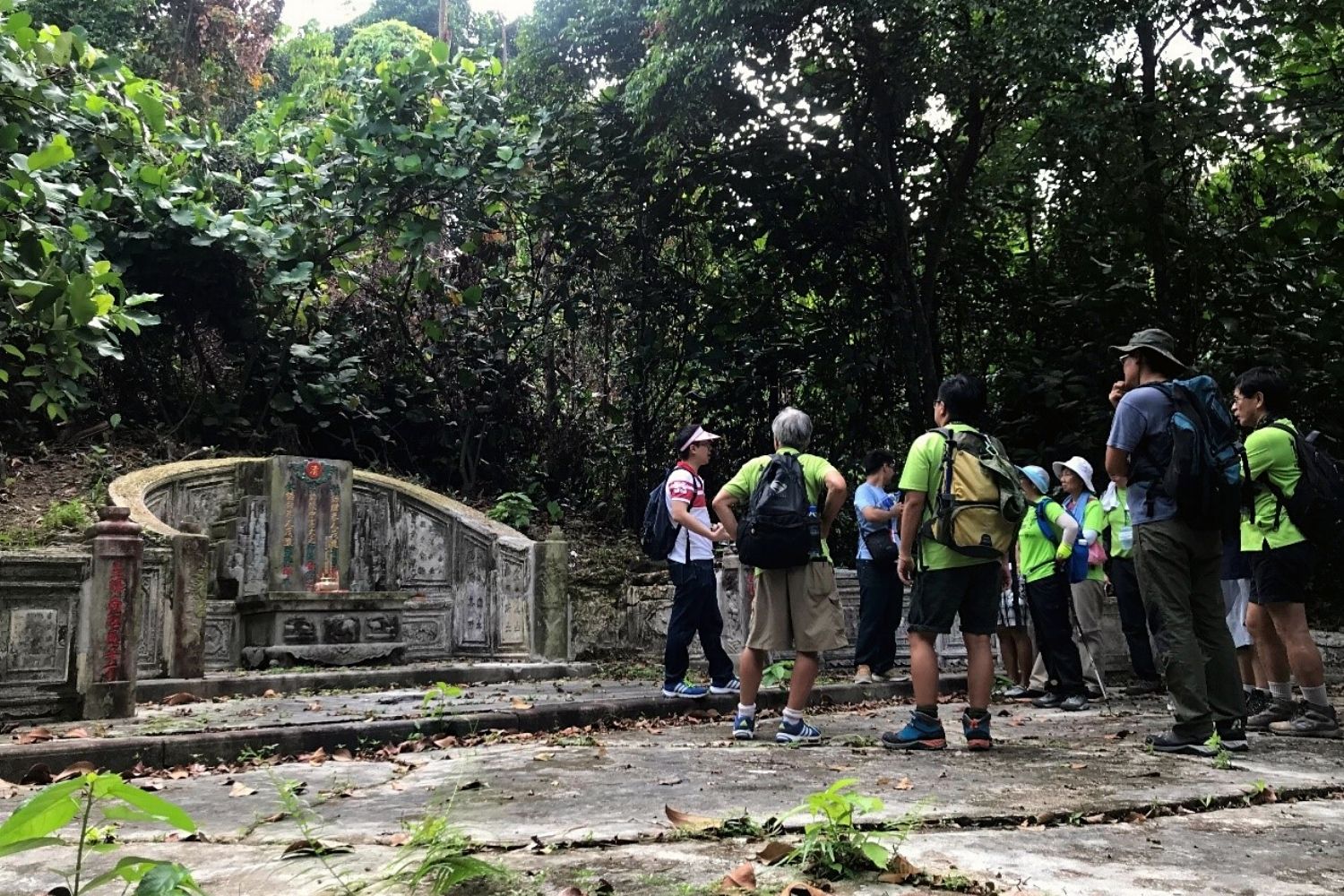
Any advice for those who want to get their hands dirty in the preservation of culture?
As Nike says, “Just do it”.
Just start first. If you want to find out more about heritage and culture, start where you have some interest or passion. For example Straits Chinese or Teochew history, and just begin. If you want to find out more about your father’s kampung, as I did, start by asking your father questions. And when you begin, just keep going, one step at a time. It is not going to be easy at the start and things will be rough. But slowly you will learn more and find out more interesting things as time goes by. Give it time.
If we don’t preserve, record, or reflect on what is important to us, who will? If not now, when? Just do it, before it is all gone. Even one person can make a significant difference.
While history is not a subject on most people’s radars, it is encouraging to know that there are individuals out there like Shawn who are trying to preserve as much of it for the future generations. It would be such a waste to have all these stories being lost forever. If you are interested to read Shawn’s latest book “My Father’s Kampung“, you can purchase it online here.
To find out more about Shawn’s work, check out his website and Instagram.
—
All images are courtesy of Shawn Seah.

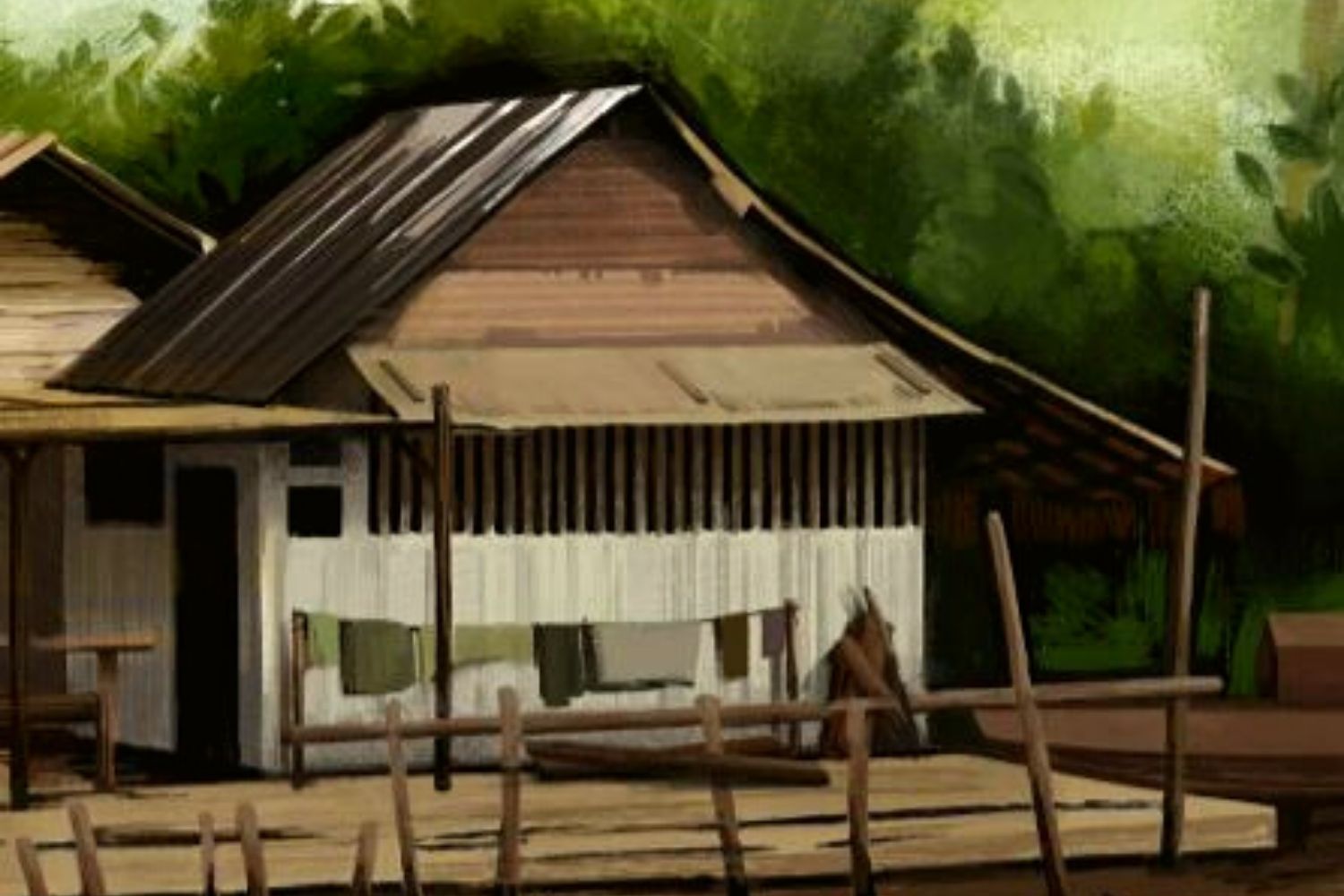
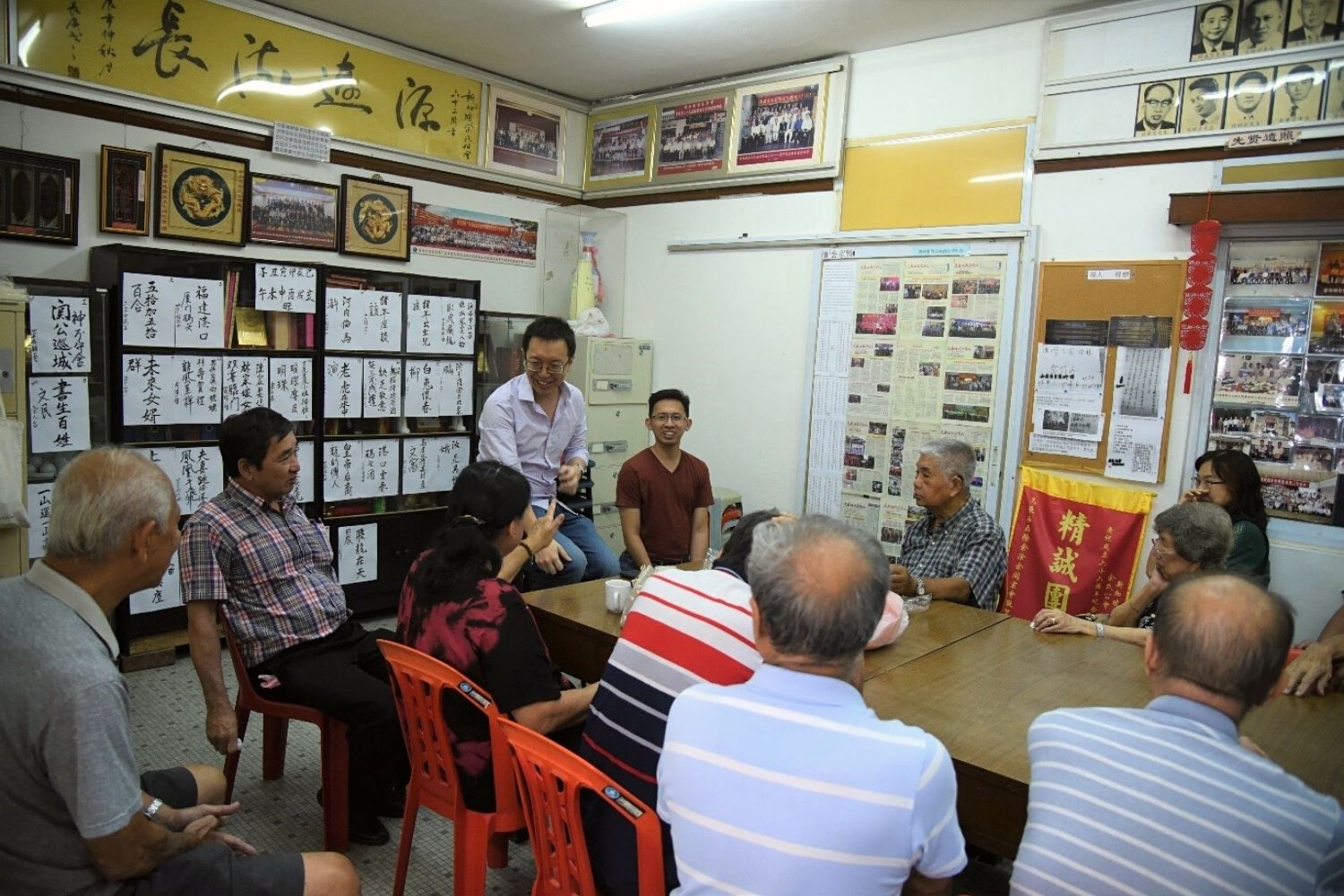
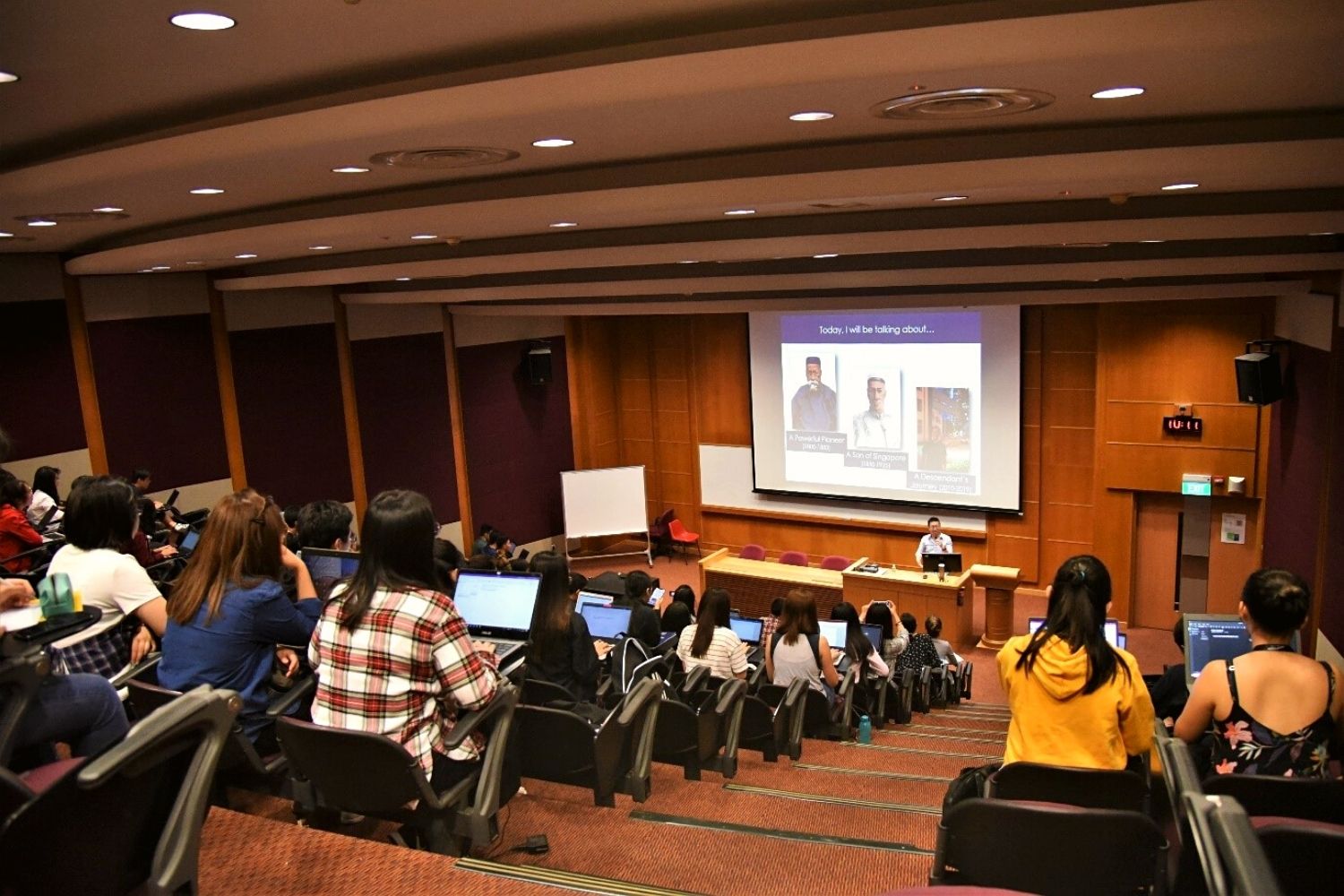
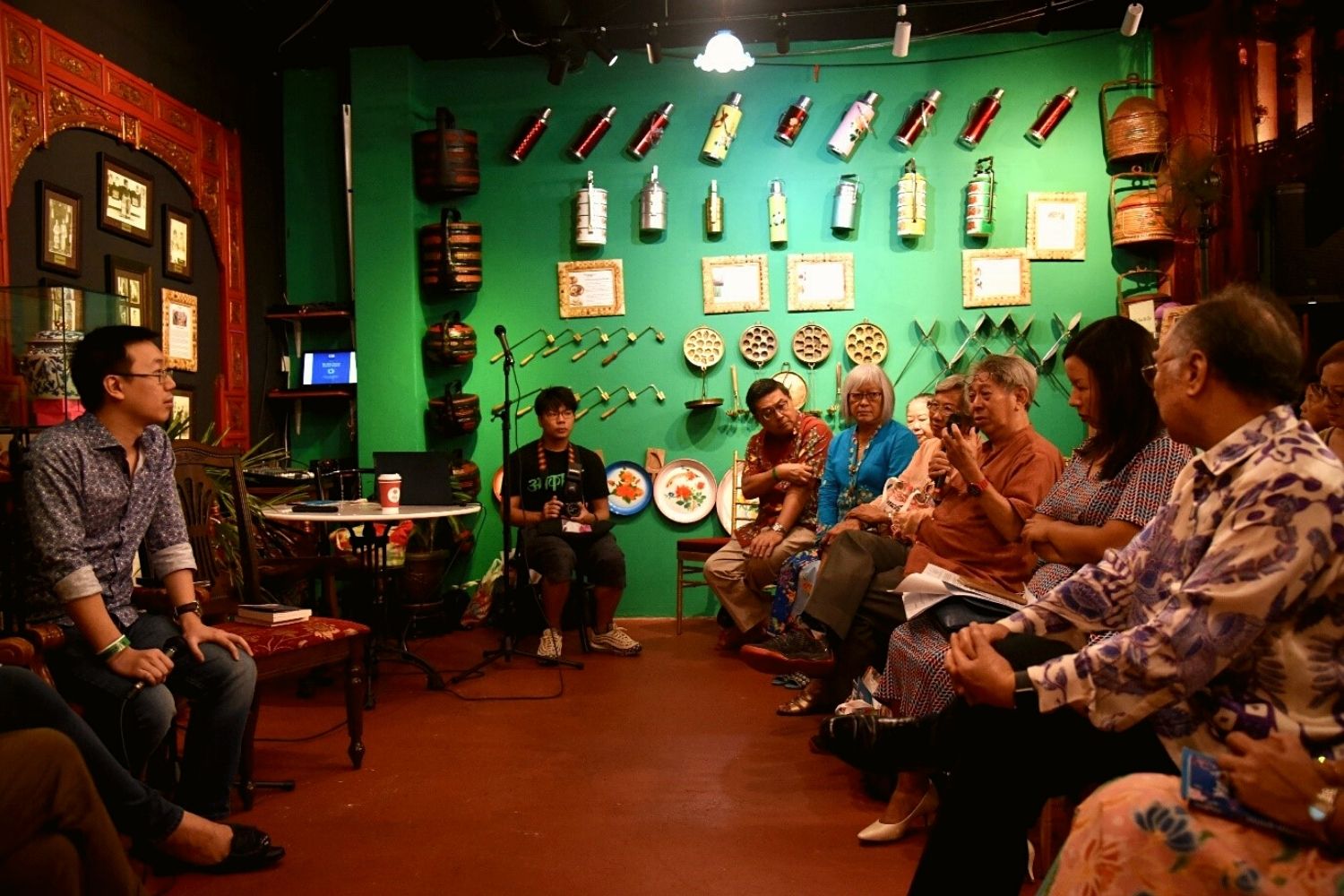
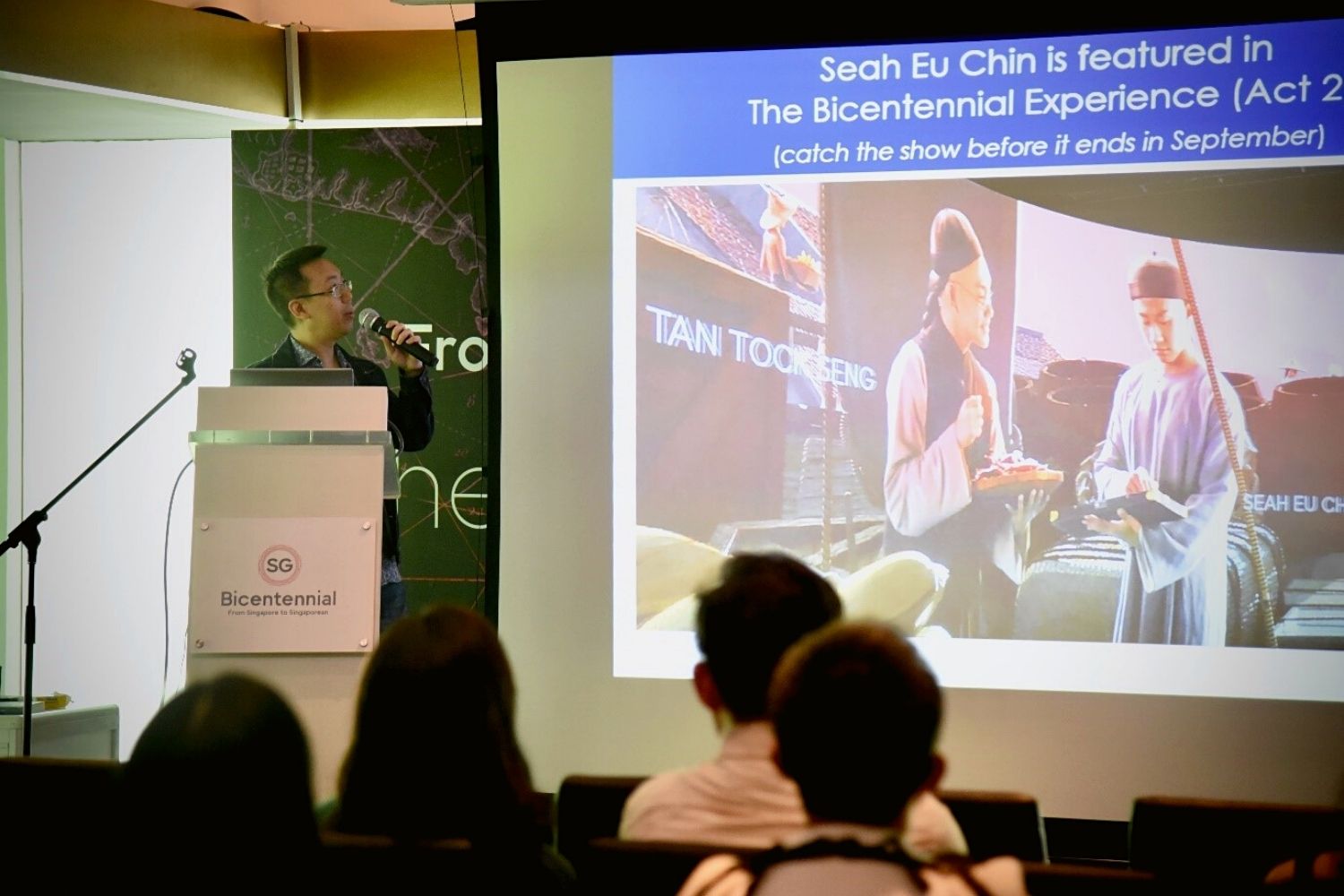
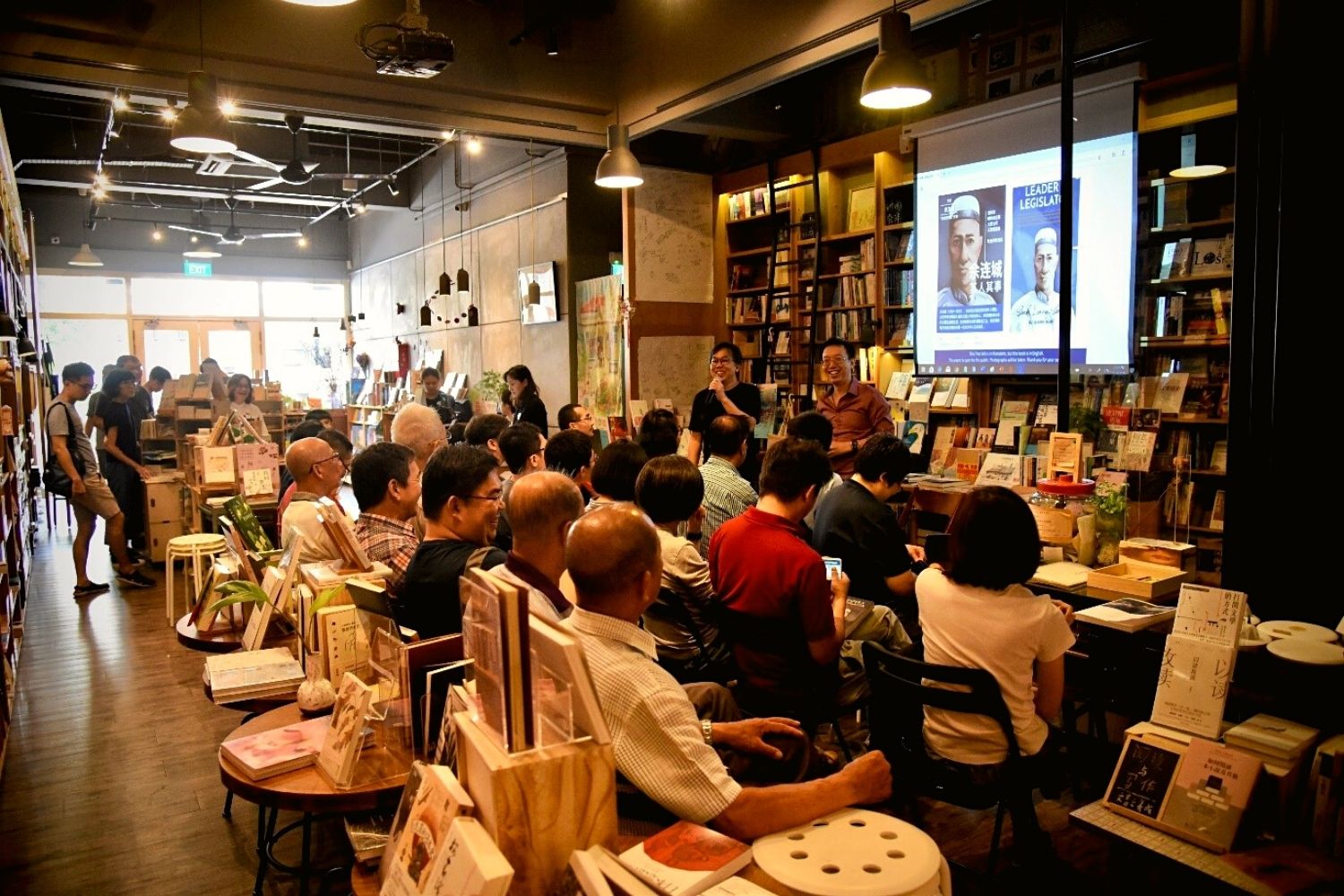
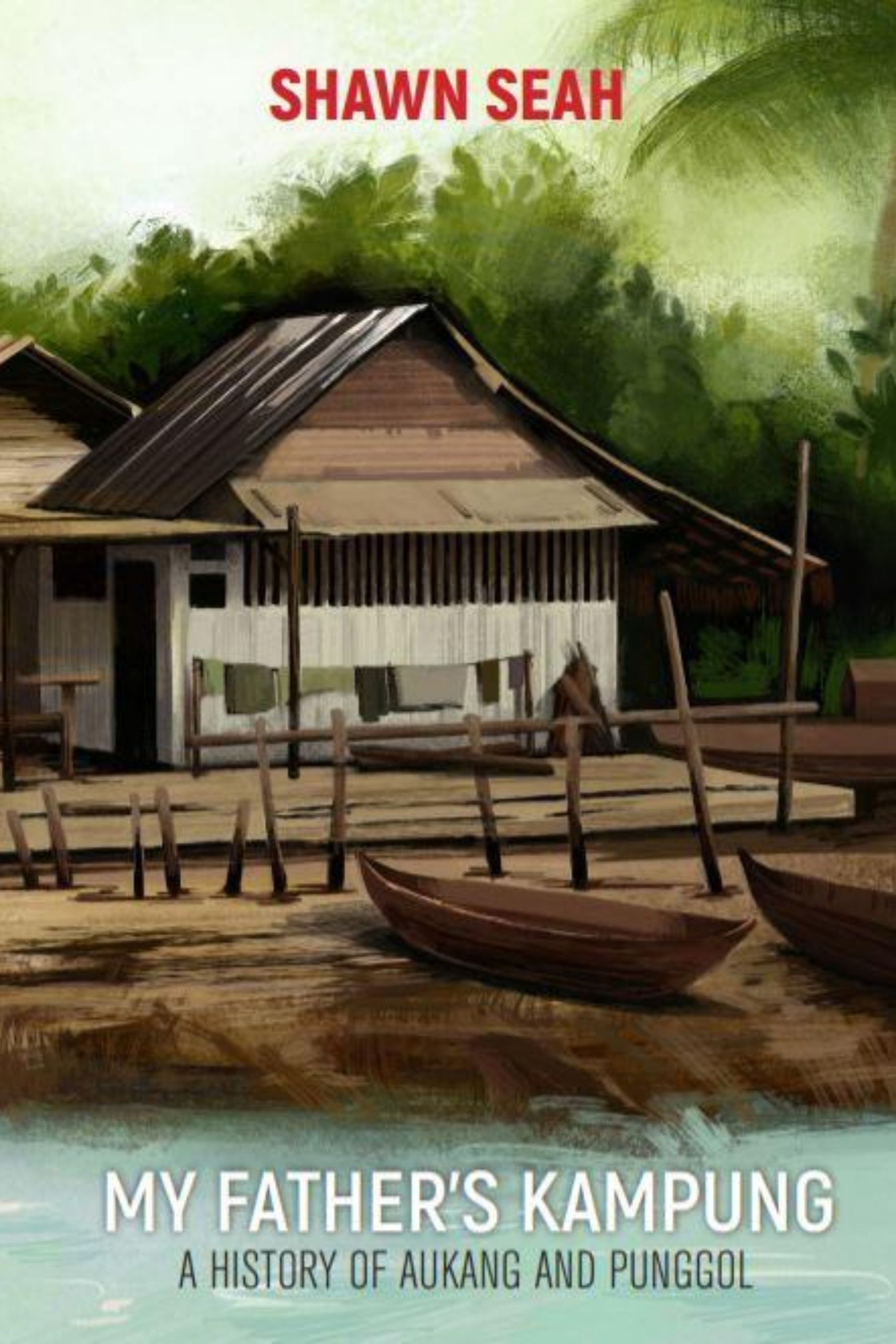
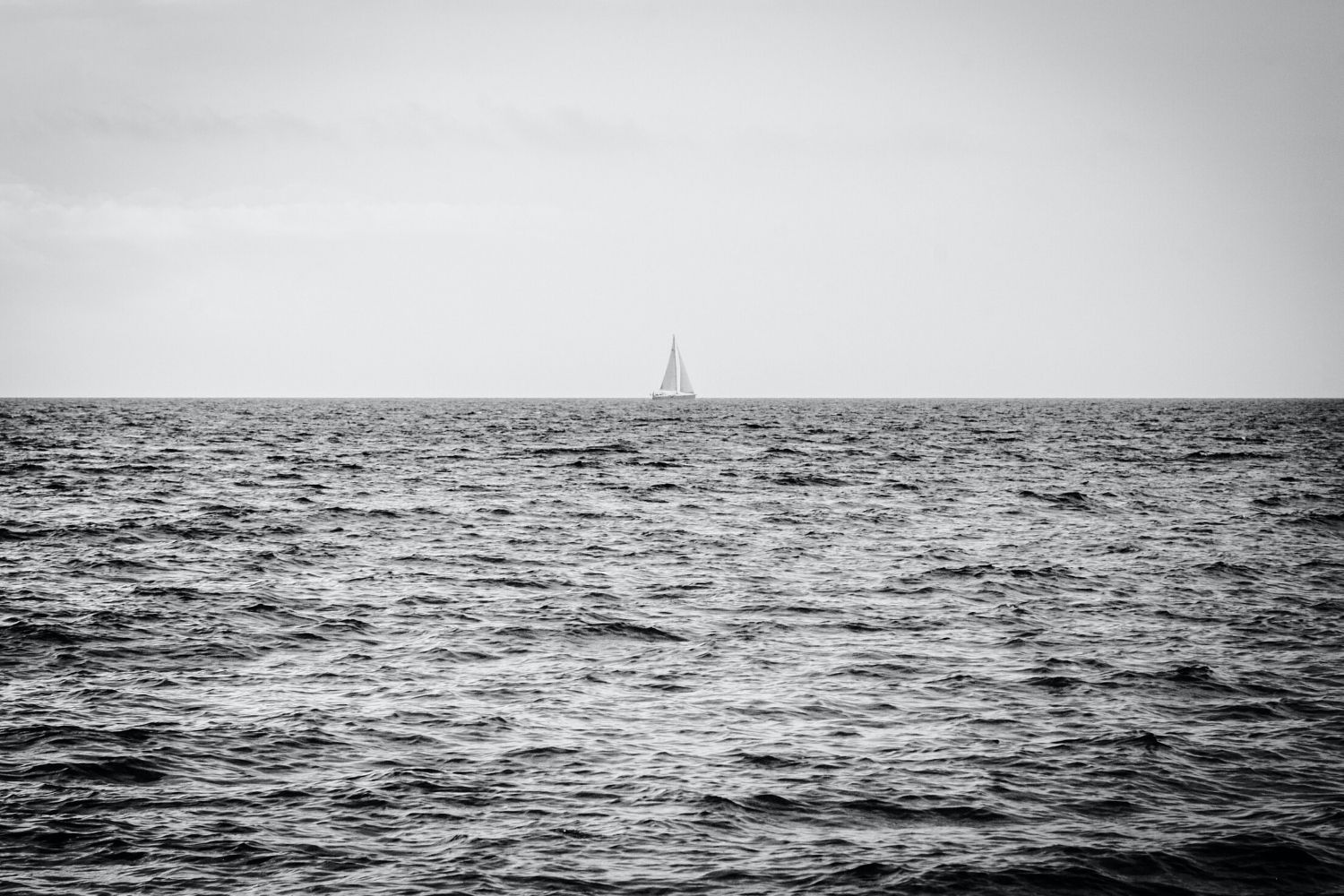
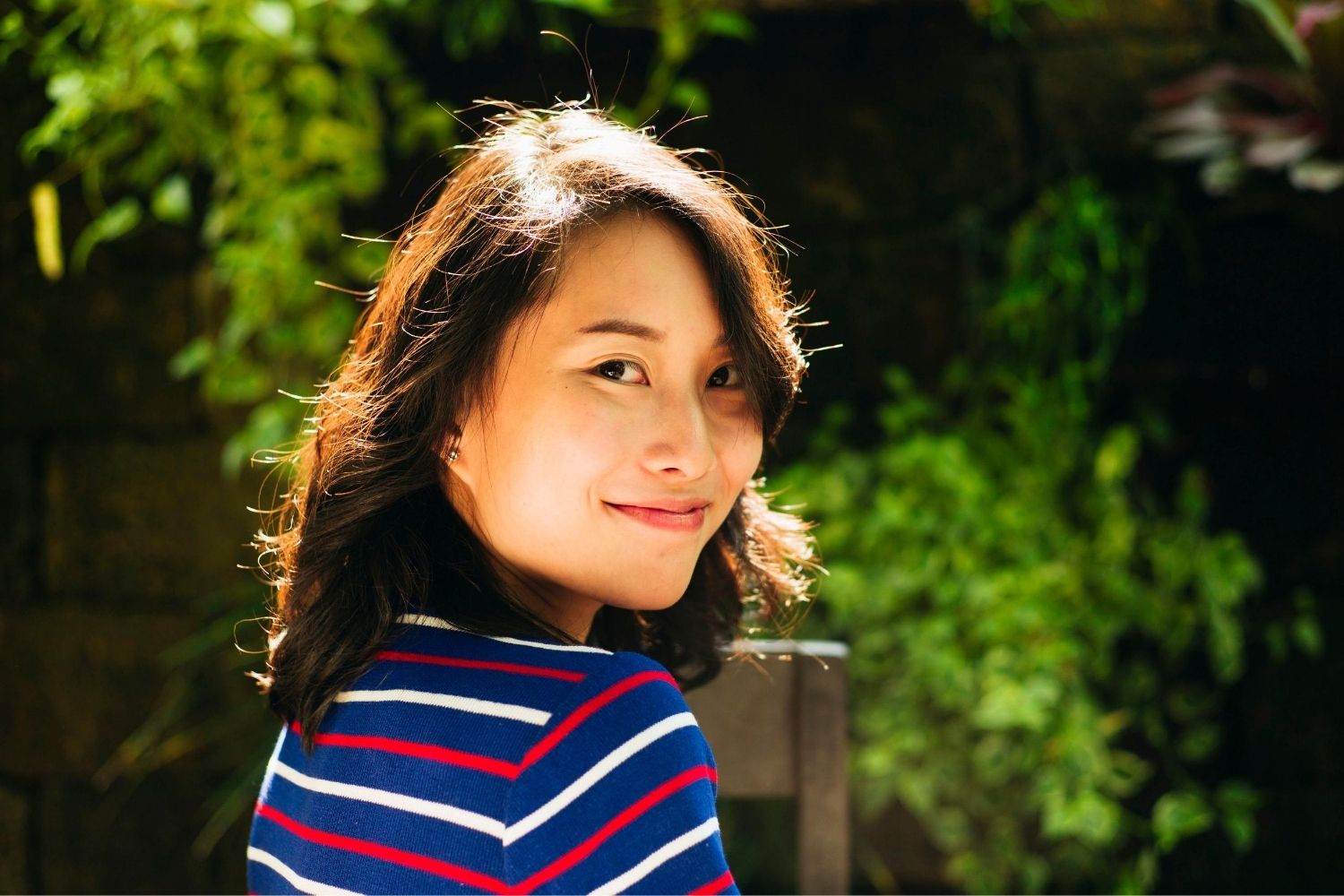

*I am deeply impressed by Shawn Seah’s family story.* Evelyn Tan H N 87819894
Hi Evelyn,
I hope you’re keeping well.
Thank you so much for the kind comment! Apologies, that I only saw it today as I was busy with the launch of my recent books. Otherwise, I would have responded to you earlier. And a big thank you to Denise for featuring me as well. Greatly appreciated.
Cheers, Shawn
*I am deeply impressed by Shawn Seah’s family story.*